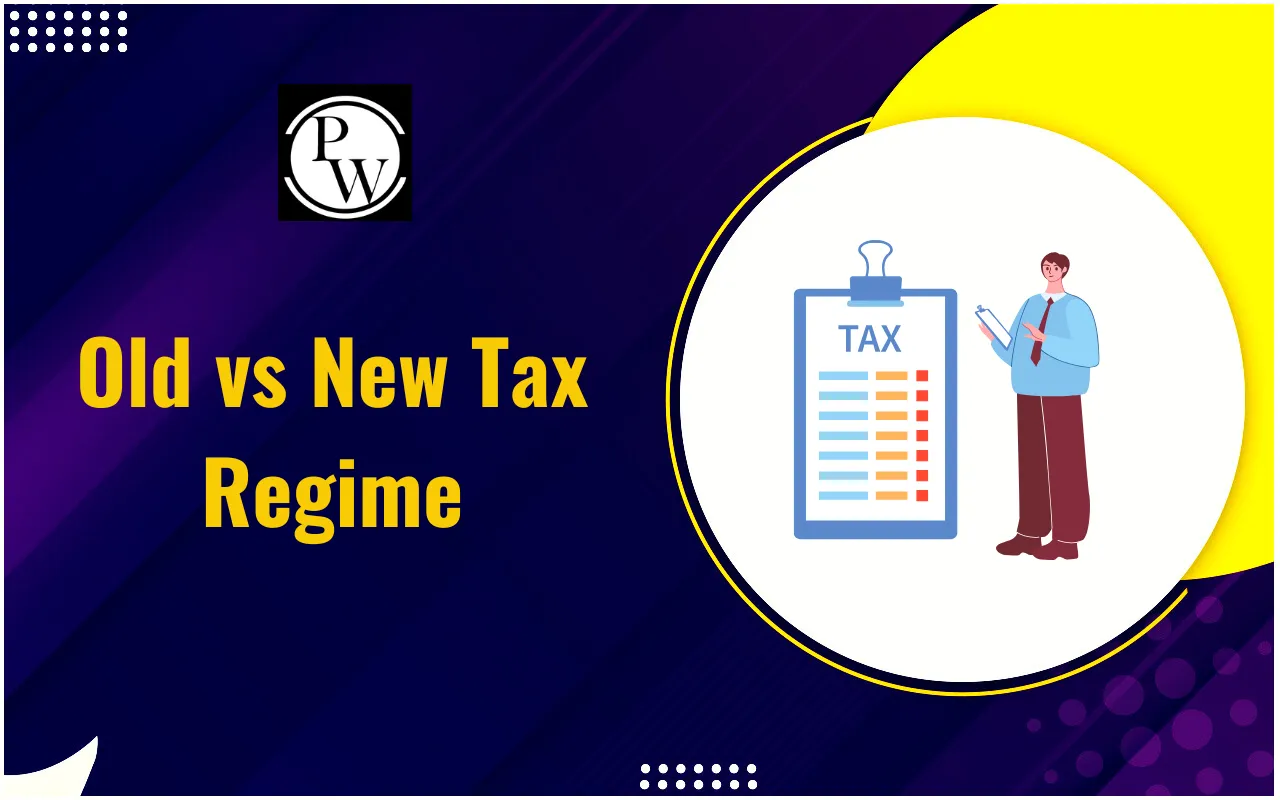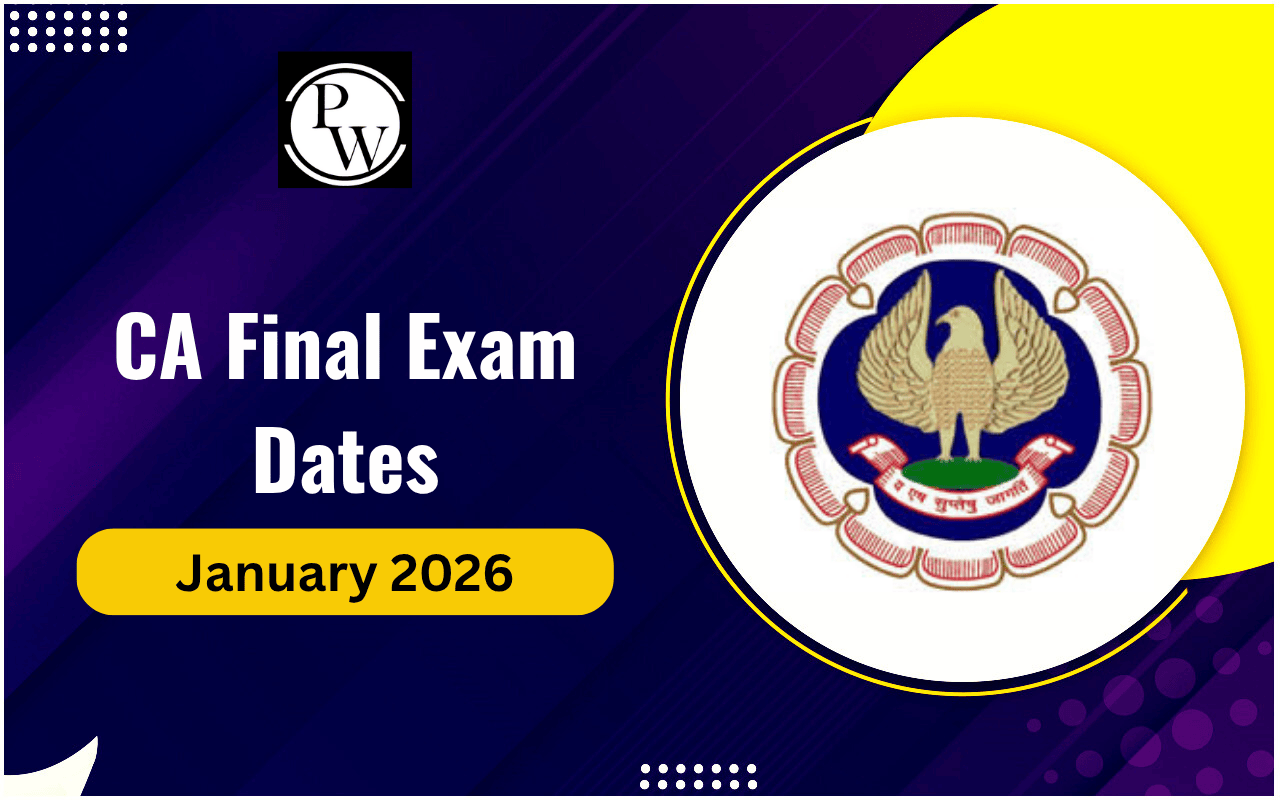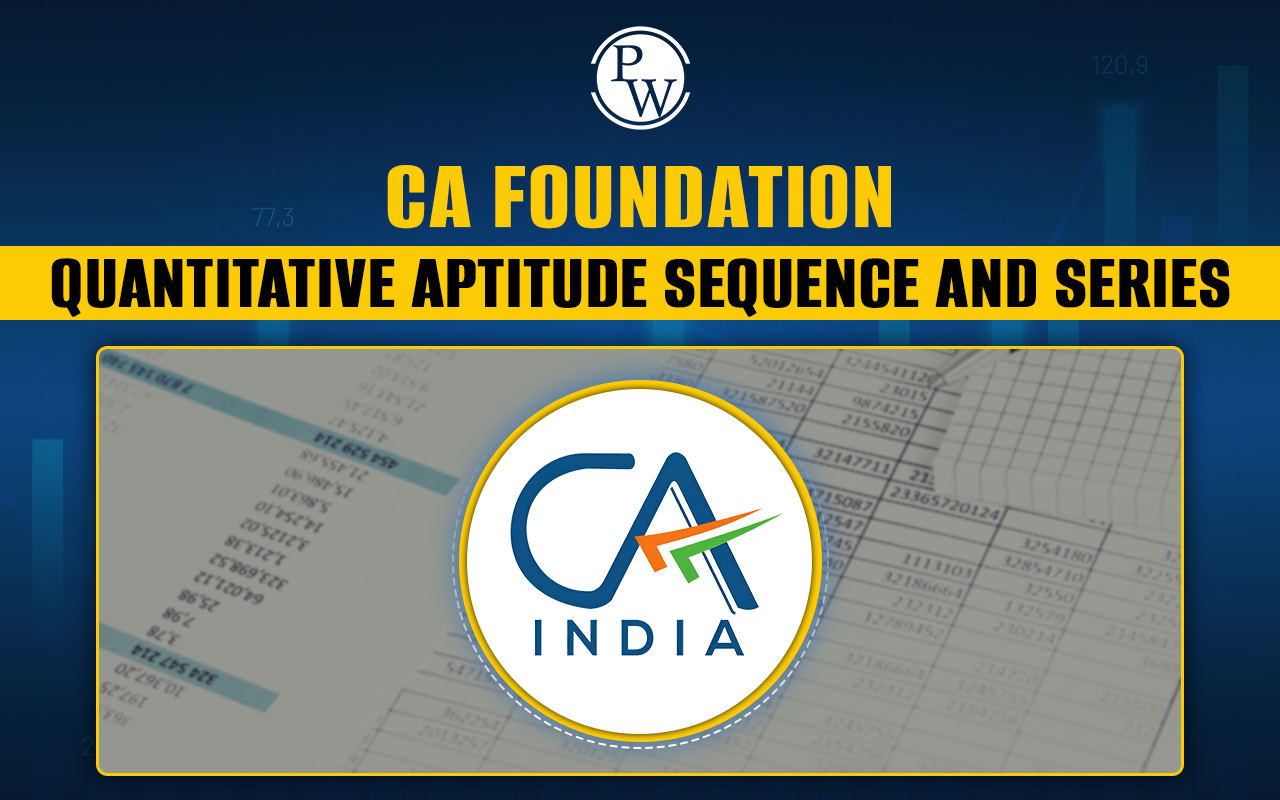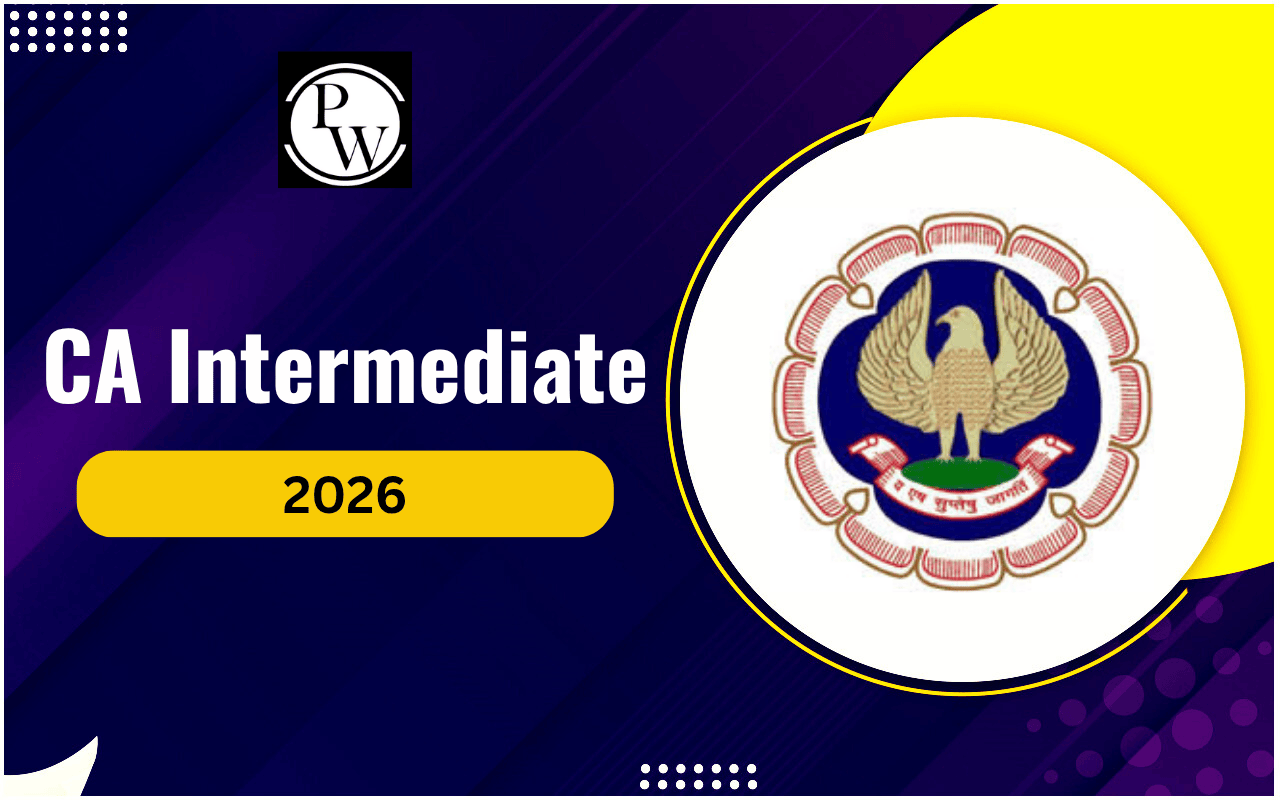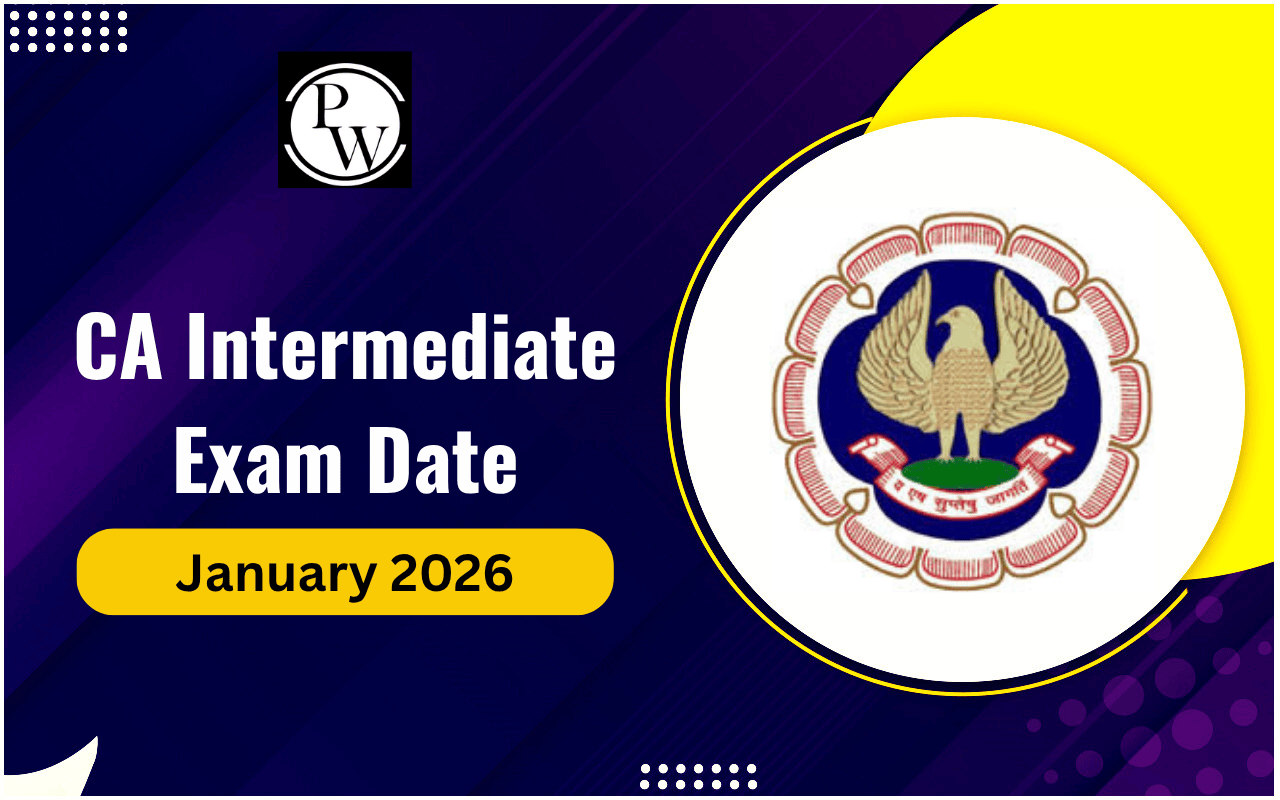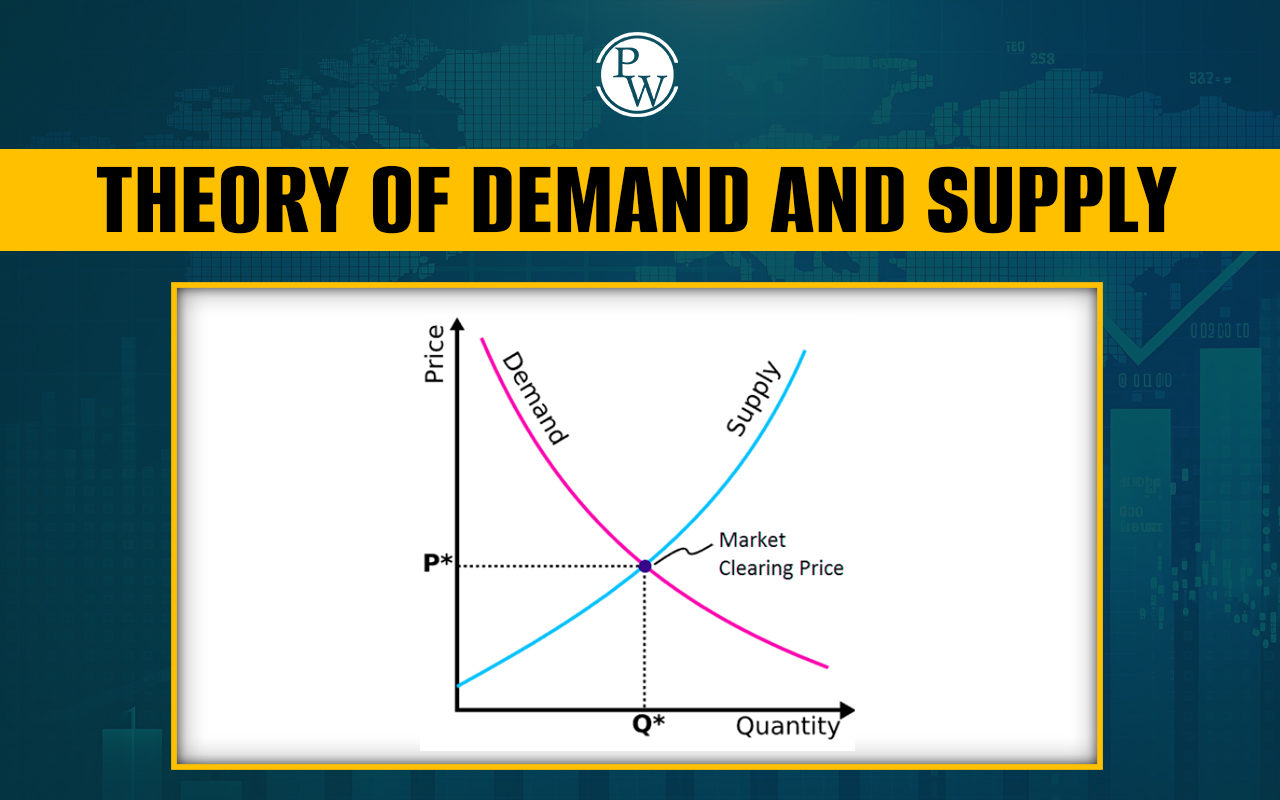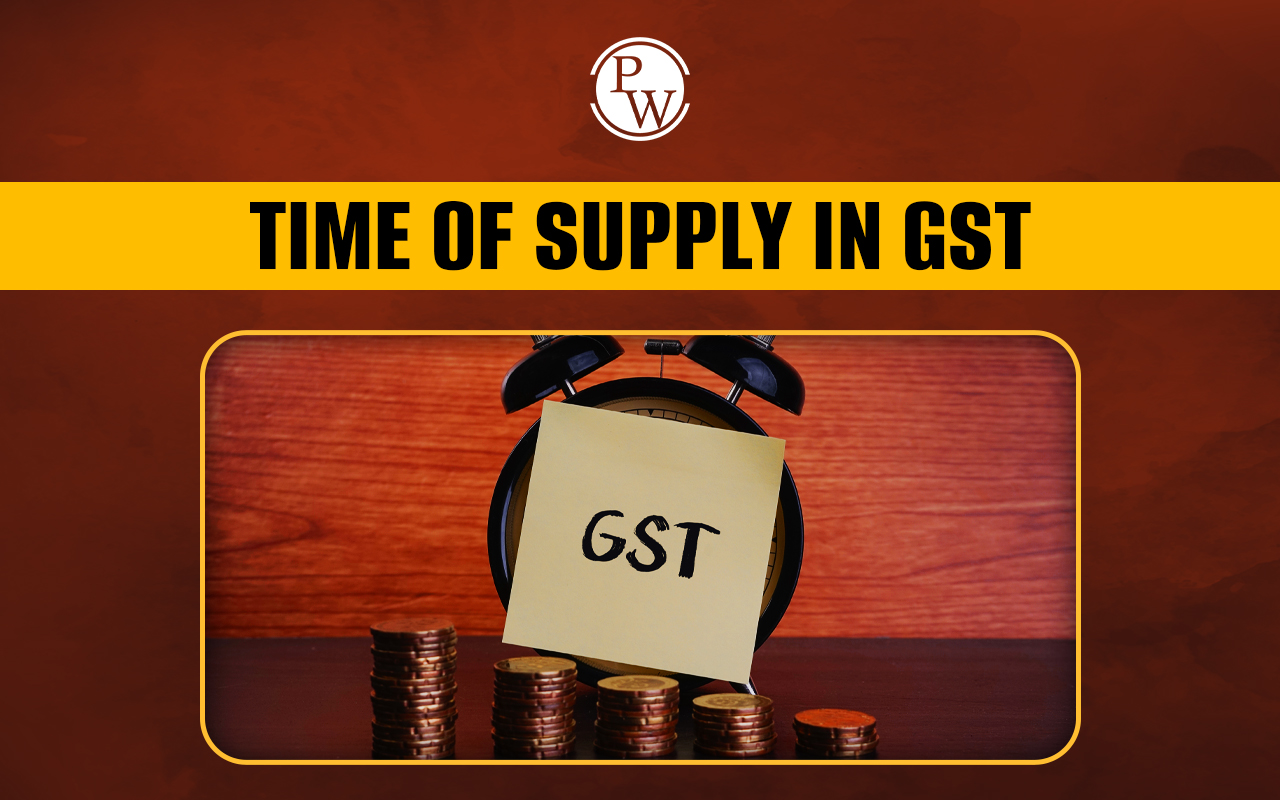
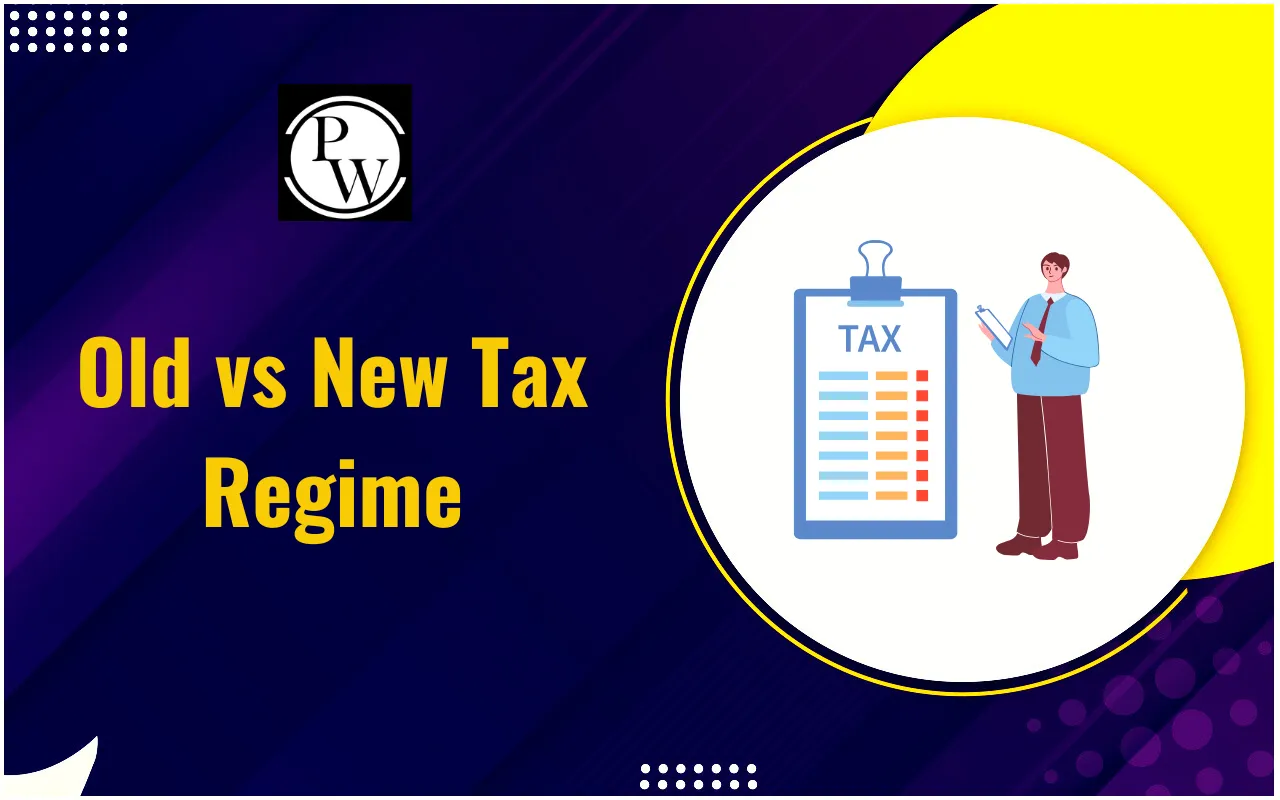
Old vs New Tax Regime: When the new tax regime was introduced under section 115BAC of the Income Tax Act, it completely changed the way salaried individuals think about taxes. Until then, employees followed the old tax regime, which offered multiple tax deductions and exemptions.
However, now taxpayers have a choice, to continue with the old system or switch to the new tax regime versus the old tax regime, which is somehow good for everyone. So, the big question is: which tax regime is better for employees and what do they want to choose?
Old vs New Tax Regime, Which is Better for Employees?
People are still confused about whether to choose the Old or New Tax Regime. Each has its own benefits, depending on your income, deductions, and savings.
The new tax regime under Section 115BAC offers lower rates to the payers but fewer deductions. Check the detailed comparison below to understand which tax regime is better for you:
|
Old vs New Tax Regime, Which is Better for Employees? |
||
|
Criteria |
Old Tax Regime |
New Tax Regime (Under Section 115BAC) |
|
Tax Slab Rates |
Higher tax rates |
Lower tax rates |
|
Tax Deductions |
Multiple deductions (80C, 80D, HRA, LTA, etc.) |
Very limited deductions |
|
Compliance |
More documentation required |
Simple, minimal compliance |
|
Flexibility |
Allows claiming exemptions |
Few exemptions allowed |
|
Best Suited For |
Individuals with high deductions |
Individuals with minimal deductions |
What Is Section 115BAC of the Income Tax Act?
Section 115BAC of the Income Tax Act was introduced in the 2020 Budget to give taxpayers an option to choose between two tax structures:
-
Old Tax Regime: Higher tax rates, but allows multiple deductions and exemptions.
-
New Tax Regime: Lower tax rates, but very few or no deductions.
This section is known as 15BAC of income tax. It allows individuals and HUFs (Hindu Undivided Families) to decide which regime they want to follow every financial year.
In the old vs new system, the key difference lies in how much you can claim as deductions versus how much lower the rates are under the new regime.
Old vs New Regime Tax Slabs Comparison
The government simplified slab rates under the new regime to encourage taxpayers to shift to it. Below is the comparison of tax slabs between the new tax vs old tax regime (for individuals below 60 years):
|
Tax Slabs Comparison – Old vs New Regime |
||
|
Income Range |
Old Tax Regime |
New Tax Regime |
|
Up to ₹2,50,000 |
Nil |
Nil |
|
₹2,50,001 – ₹5,00,000 |
5% |
5% |
|
₹5,00,001 – ₹7,50,000 |
20% |
10% |
|
₹7,50,001 – ₹10,00,000 |
20% |
15% |
|
₹10,00,001 – ₹12,00,000 |
30% |
20% |
|
₹12,00,001 – ₹15,00,000 |
30% |
25% |
|
Above ₹15,00,000 |
30% |
30% |
From FY 2023-24, the new regime under Section 115BAC Income Tax Act has also become the default option. However, employees can still opt for the old regime if it helps them save more.
Old vs New Regime Tax Deductions
The old tax regime allows employees to reduce their taxable income through various tax deductions and exemptions. Here are the main ones:
-
Section 80C: Up to ₹1.5 lakh for investments in PPF, ELSS, LIC, etc.
-
Section 80D: Health insurance premium for self and family. It is a good option for payers.
-
HRA: House Rent Allowance exemption for salaried employees living in rented accommodation. It helps a lot for the salaried persons.
-
LTA: Leave Travel Allowance.
-
Home Loan Interest: Deduction up to ₹2 lakh under Section 24(b) in home loan.
-
NPS Deduction: Additional deduction under Section 80CCD(1B).
The new tax regime, as defined under 115BAC income tax, removes most of these benefits. You cannot claim deductions under Section 80C, 80D, or exemptions like HRA and LTA.
However, certain benefits are still allowed:
-
Standard Deduction: Available for salaried employees. I.e., Available to all.
-
Employer Contribution to NPS (Section 80CCD(2))
-
Family Pension Deduction (if applicable)
-
Transport allowance for specially-abled employees
Advantages and Disadvantages of Old or New Tax Regime
The Old Tax Regime offers several advantages, like multiple tax deductions under sections 80C, 80D, HRA, and LTA, making it ideal for employees who invest and plan their taxes. However, it involves more paperwork, proof submission, and complex calculations.
On the other hand, the New Tax Regime under Section 115BAC of the Income Tax Act provides lower slab rates, simplicity, and minimal compliance, making it suitable for those with fewer deductions. Its main disadvantage is that it does not allow popular deductions like 80C, 80D, or home loan interest, offering limited scope for tax-saving investments.
How to Save Tax in the New Tax Regime?
Even though the new system removes most deductions, there are still a few ways to save tax in new tax regime smartly:
-
Utilize Standard Deduction
Salaried employees get a flat deduction, which directly reduces taxable income. -
Employer’s NPS Contribution
Under Section 80CCD(2), the employer’s contribution to NPS (up to 10% of salary) is still exempt. -
Rebate Under Section 87A
Individuals earning up to ₹7 lakh under the new regime can claim full tax rebate — meaning no tax. -
Family Pension Deduction
Up to ₹15,000 or one-third of the pension amount (whichever is lower) can be claimed. -
Plan Your Income Slabs
Try to stay within a lower tax bracket, for example, by reducing bonus components or availing employer benefits structured efficiently.
Old vs New Tax Regime - Tips for Employees
The right choice depends on your income, investments, and deductions. Employees should compare their tax liability under both systems before filing. Check the detailed Old vs New Tax Regime tips below to understand how to make the most tax-efficient decision this year.
-
Compare tax each year before filing — you can switch regimes annually if you’re salaried.
-
Use an income tax calculator to simulate both options.
-
Check which regime gives higher in-hand salary after all deductions.
-
Remember: the new regime is default; you must opt out if you prefer the old one.
-
Inform your employer early in the financial year to ensure correct TDS.
Old vs New Tax Regime FAQs
What is the main difference between the old and new tax regime?
Can I switch between old and new tax regimes every year?
Which tax regime is better for salaried employees?
What deductions are allowed in the new tax regime?

